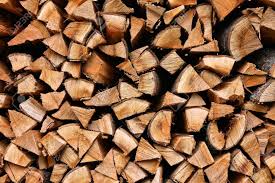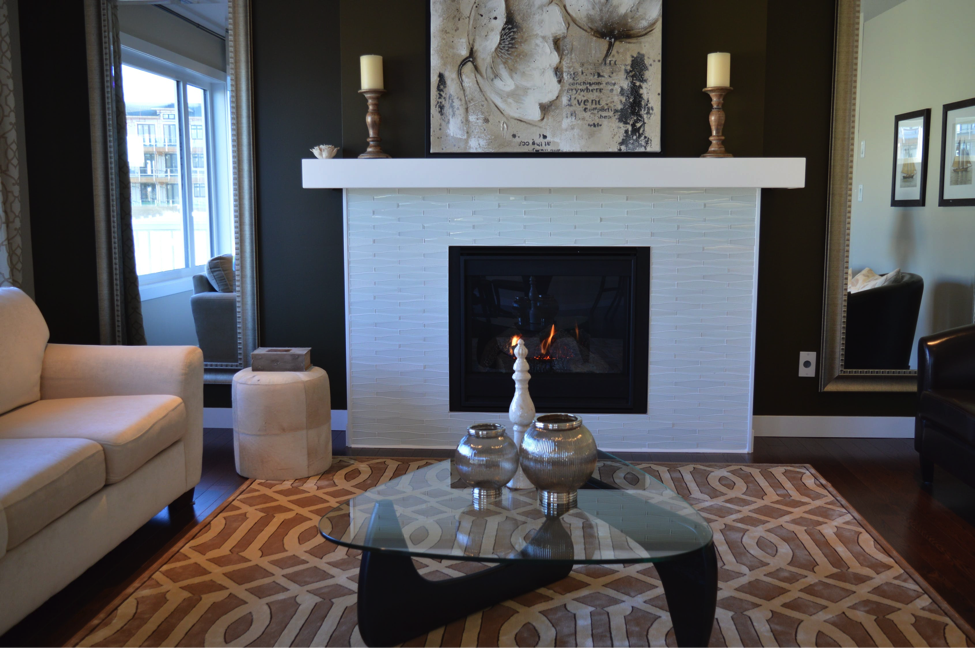New Product: Fix Chimney Leaks in a Flash with FlashSeal
You might love the sound of soothing rain, but the drip drip drip sound isn’t so soothing when it’s coming from your chimney. Unfortunately, the metal flashing around your chimney is prone to leaks. These leaks can lead to major issues such as structural damage to the roof and chimney if neglected.
When your chimney flashing fails, one way to repair this area is by using FlashSeal. This is a new product to Boston Best Chimney and we’re delighted to show you how it works.
What is FlashSeal?
FlashSeal is a long-lasting sealant that prevents water from leaking into your attic. It goes around the base of the chimney which protects the chimney itself as well as the roofing. The goal is to fill in every nook and cranny with sealant so water doesn’t penetrate into the home. Think of it as dressing your chimney in a heavy duty rain coat that keeps your attic nice and dry.

The Key to Safeguarding Your Chimney from Moisture
When it comes to protecting your chimney from the elements, there are three areas to think about:
- The crown: Without proper protection from the crown, water can leak directly down into the chimney during a rainstorm. Furthermore, blowing wind with rain can also send water down your chimney.
- Masonry: Chimney bricks act like sponges and absorb water. Make sure that your chimney bricks are properly treated and waterproofed. For example, Boston Best Chimney uses a professional grade waterproof product that allows moisture to escape, keeping your masonry in tip-top shape.
- Flashing: This is why FlashSeal is such an important product for the health of your chimney. The chimney’s flashing is one of the most susceptible areas for leaks in the home, but FlashSeal provides the perfect amount of protection to keep your home dry.
Keep Your Home Dry with FlashSeal
FlashSeal is available now! If you’re noticing signs of leaks such as stained ceilings and interior walls, water in your chimney as well as your attic, it’s wise to get a chimney inspection and even a sweep to prepare for cold weather. Contact us today to learn more!
The post New Product: Fix Chimney Leaks in a Flash with FlashSeal appeared first on Boston's Best Chimney.
 A chimney flue is the narrow passageway in a chimney through which combustion byproducts travel from fires to the out-of-doors. The construction and operation of the entire chimney system should accommodate a proper draft so that smoke and toxic fumes exit through the flue as they are supposed to. When a new appliance is added, such as a fireplace insert, a new chimney liner may be required in order to ensure a proper draft. There is a standard formula that determines flue size and it encompasses measurements of fireplace and the proper ratio for a chimney flue.
A chimney flue is the narrow passageway in a chimney through which combustion byproducts travel from fires to the out-of-doors. The construction and operation of the entire chimney system should accommodate a proper draft so that smoke and toxic fumes exit through the flue as they are supposed to. When a new appliance is added, such as a fireplace insert, a new chimney liner may be required in order to ensure a proper draft. There is a standard formula that determines flue size and it encompasses measurements of fireplace and the proper ratio for a chimney flue. Most chimney professionals recommend stainless steel chimney liners because they typically don’t require replacement within a lifetime and many come with a lifetime warranty. Stainless steel chimney liners deemed safe for home use have been accepted by the Chimney Safety Institute of America (CSIA) as long as they are installed properly.
Most chimney professionals recommend stainless steel chimney liners because they typically don’t require replacement within a lifetime and many come with a lifetime warranty. Stainless steel chimney liners deemed safe for home use have been accepted by the Chimney Safety Institute of America (CSIA) as long as they are installed properly.
 There’s nothing like Fall in New England. The beautiful colors of turning leaves and crisp cool nights by the fireplace. Whether it’s gathering around with friends or family or finding some quiet time to read, fireplaces are used as a meeting spot to unwind.
There’s nothing like Fall in New England. The beautiful colors of turning leaves and crisp cool nights by the fireplace. Whether it’s gathering around with friends or family or finding some quiet time to read, fireplaces are used as a meeting spot to unwind.



 When it comes to chimneys, it is our personal and professional goal to make sure all of our customers are safe and comfortable this winter. We strive to further this goal by providing expert services to maintain and restore chimney systems to safety and efficiency. One of the most common services that older chimneys require at least once in their lifetime is a flue liner repair or replacement. At Billy Sweet Chimney Sweep, we trust HeatShield for liner repairs—big and small.
When it comes to chimneys, it is our personal and professional goal to make sure all of our customers are safe and comfortable this winter. We strive to further this goal by providing expert services to maintain and restore chimney systems to safety and efficiency. One of the most common services that older chimneys require at least once in their lifetime is a flue liner repair or replacement. At Billy Sweet Chimney Sweep, we trust HeatShield for liner repairs—big and small.
 A chimney that’s in good repair is a chimney that does its job safely and efficiently. When damage or other problems develop within the chimney system, the best move is to arrange for a professional inspection and then
A chimney that’s in good repair is a chimney that does its job safely and efficiently. When damage or other problems develop within the chimney system, the best move is to arrange for a professional inspection and then  External damage to the bricks and mortar of a chimney is fairly easy to spot: cracks are obvious, bricks are loose, often there are patches of crumbling scattered around on the roof. Various approaches can be used to repair damaged masonry such as:
External damage to the bricks and mortar of a chimney is fairly easy to spot: cracks are obvious, bricks are loose, often there are patches of crumbling scattered around on the roof. Various approaches can be used to repair damaged masonry such as: Chimneys can be confusing structures when something goes wrong with them. Questions arise such as “Why is this happening?” “Did I cause it?” and “How do I go about getting the problem fixed?” Before you panic, keep two things in mind:
Chimneys can be confusing structures when something goes wrong with them. Questions arise such as “Why is this happening?” “Did I cause it?” and “How do I go about getting the problem fixed?” Before you panic, keep two things in mind: Solution: Have your chimney modified by an
Solution: Have your chimney modified by an  The safest fireplaces and chimneys are those that receive regular cleaning, repair and maintenance by certified technicians. If this service is neglected, it won’t take long for your chimney to experience a dangerous buildup of creosote and soot. Smoke-drafting obstructions, a common problem if you use your chimney without a chimney cap, also can lead to dangerous operating conditions.
The safest fireplaces and chimneys are those that receive regular cleaning, repair and maintenance by certified technicians. If this service is neglected, it won’t take long for your chimney to experience a dangerous buildup of creosote and soot. Smoke-drafting obstructions, a common problem if you use your chimney without a chimney cap, also can lead to dangerous operating conditions. In addition to removing creosote, chimney sweeps also remove obstructions in the flue caused by an accumulation of leaves, twigs, small-animal nests and the like. These obstructions will make smoke draft improperly and back up into the home, carrying with it deadly carbon monoxide.
In addition to removing creosote, chimney sweeps also remove obstructions in the flue caused by an accumulation of leaves, twigs, small-animal nests and the like. These obstructions will make smoke draft improperly and back up into the home, carrying with it deadly carbon monoxide.